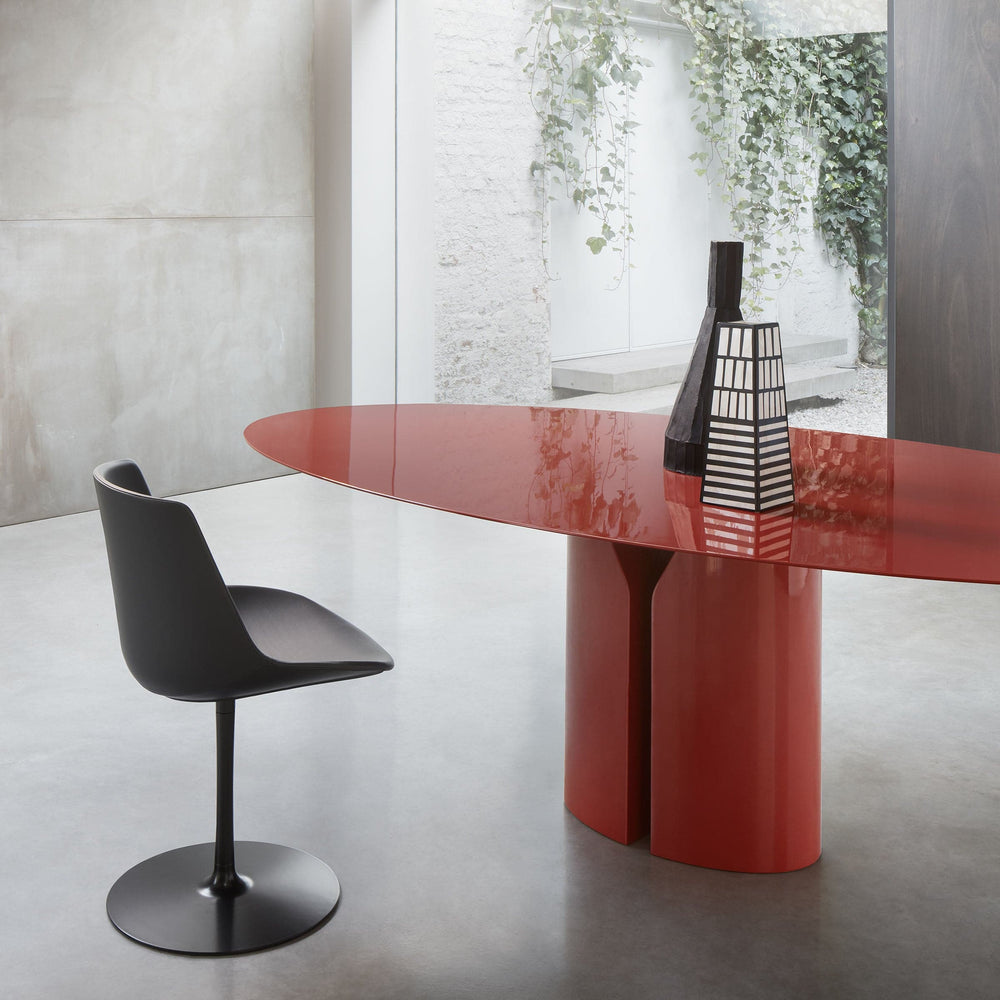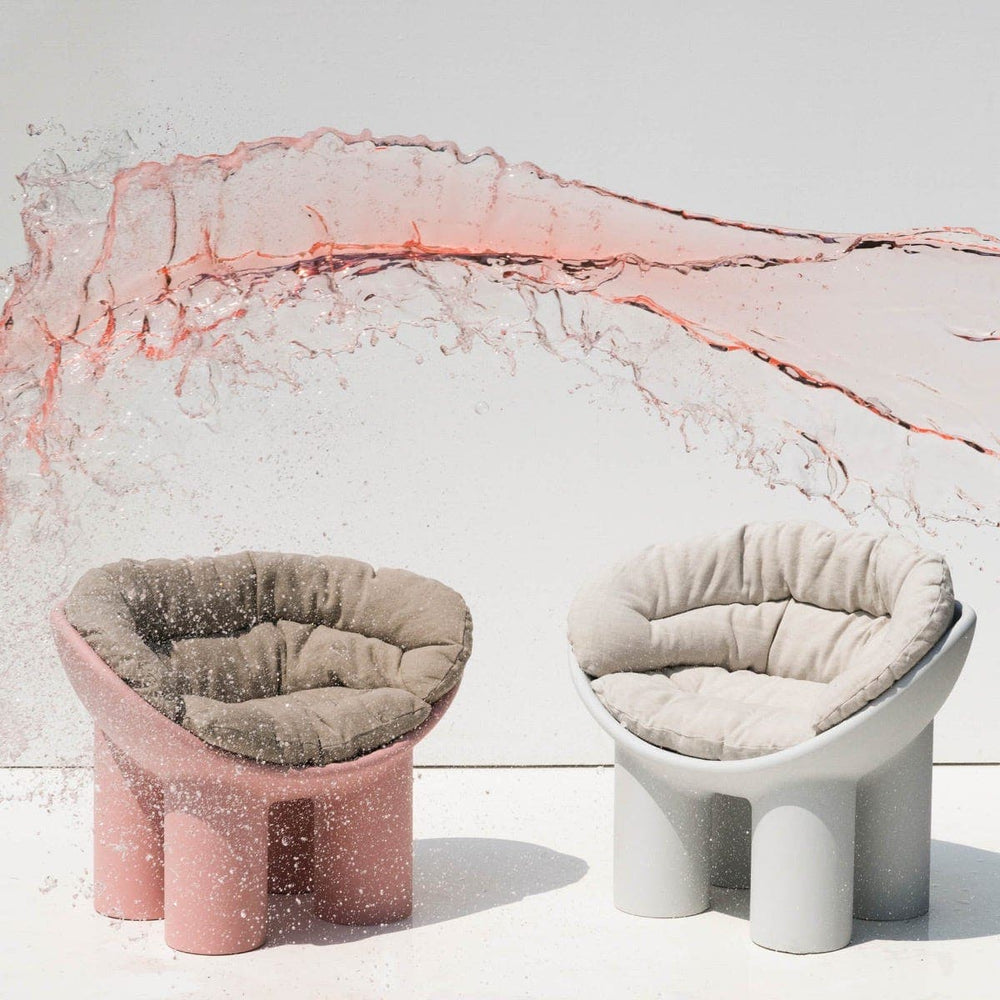"Made In Italy manufacturing districts" by Giacomo Becattini: The Italian Savoir-Faire
The MAG 09/22
EDITORIAL by Cristina Morozzi

“Italy’s competitive advantages in the past decades”, writes Becattini “arose from the accumulation of artisanal knowledge which has long been preserved by a myriad of local microcosms and integrated with codified knowledge..."
Even without going very far back in time, it is not far-fetched to say that it was and is the geography of Italian industrial districts, which are organized as nowhere else in the world, that gave rise to and nurtured the phenomenon of Italian design.

“This small, local nature of these design hotbeds conditioned the overall functioning of the system”, as economist and academic Giacomo Becattini wrote in his book Distretti Industriali e Made In Italy (Industrial Districts and Made in Italy).

From its outset, the Italian furniture industry has relied on small and dispersed realities. More than factories – although these factories are exemplary due to their equipment and architecture – they are experimental laboratories where industrialists and designers still work side by side to breathe life into visionary ideas. Industrial furniture companies are part of a widespread network of specialized artisan workshops concentrated in specific geographic areas of Italy. It is a widely varying network, from traditional craftsmanship that still safeguards ancient wisdom, to futuristic craftsmanship based on innovation of technology and materials.
And it’s no coincidence that most of Italy’s historic furniture companies were founded in the Brianza area of Northern Italy.
The combination of being rooted in local territories, the family management of these companies, and the willingness of new generations to draw on the experience of those who came before them have combined with technological innovation and constitute an unparalleled pool of expertise.

“Italy’s competitive advantages in the past decades”, writes Becattini “arose from the accumulation of artisanal knowledge which has long been preserved by a myriad of local microcosms and integrated with codified knowledge…The specific nature of this local production system consists in the integration between tacit and explicit knowledge; between the more practical production processes and the culture of technology and science”.
Historical Italian design companies which were founded thanks to the insight and risk of courageous entrepreneurs have prospered thanks to this type of organization, taking advantage of regional concentrations of subcontractors. They have thrived because they are rooted in an area which is populated with skilled artisans. And there is dialogue between entrepreneurs and designers, as well as discussion and sometimes confrontation.
But ultimately the desire to surpass goals prevails: designers want to innovate, to push constraints, to overcome the inertia of materials, and new industrialists want to prove that this is possible as well as that solutions exist for even the most bizarre of projects.

Vico Magistretti praised the skill and insight of Brianza’s industrialists, holding that they are capable of projects which are even “merely phoned in”, due to the complicity they have with designers thanks to their daily interaction. Some entrepreneurs even still live right above their factories, like Serafino Zani, who is from Lumezzane, a town in the pre-Alpine valleys north of Brescia, and who manufactures steel kitchenware and tableware. Konstantin Grcic, one of his prestigious collaborators and who has designed a variety of pieces for the company, considers the “factory house” a distinctive aspect of Italian design.
Living above one’s factory means seeing one’s life and work as one, and experiencing the factory as if it were an artist’s workshop. And if entrepreneurs are artists, then so are suppliers in the context of this special geography of widespread production. They are not laborers who are paid by companies, but contemporary versions of the craftsmen of Renaissance workshops.
They are artists because they are resourceful inventors of solutions dictated by the expertise they have acquired in their field and by their intuitive capacity corroborated by their relationship with designers. Italian design is ultimately more of a partnership than a system. There are no written rules and no organizational charts. Empathy reigns, and sparks fly from good ideas, with the fuse being flair, instinct, and the aesthetics of Italy’s natural and created beauty.

As early as 1948, Giuseppe Prezzolini argued during his lectures at Columbia University that Italy has such great fame around the world because of the seduction of its system of life. “Where did this fame come from?” he asked. “Not from orators or the literati or the politicians…This fame is due to the storytellers, the poets, the painters, the sculptors, the architects, the comedians, the chefs, the tailors, the sportsmen…and to the women in love and the Italian lovers”.

















